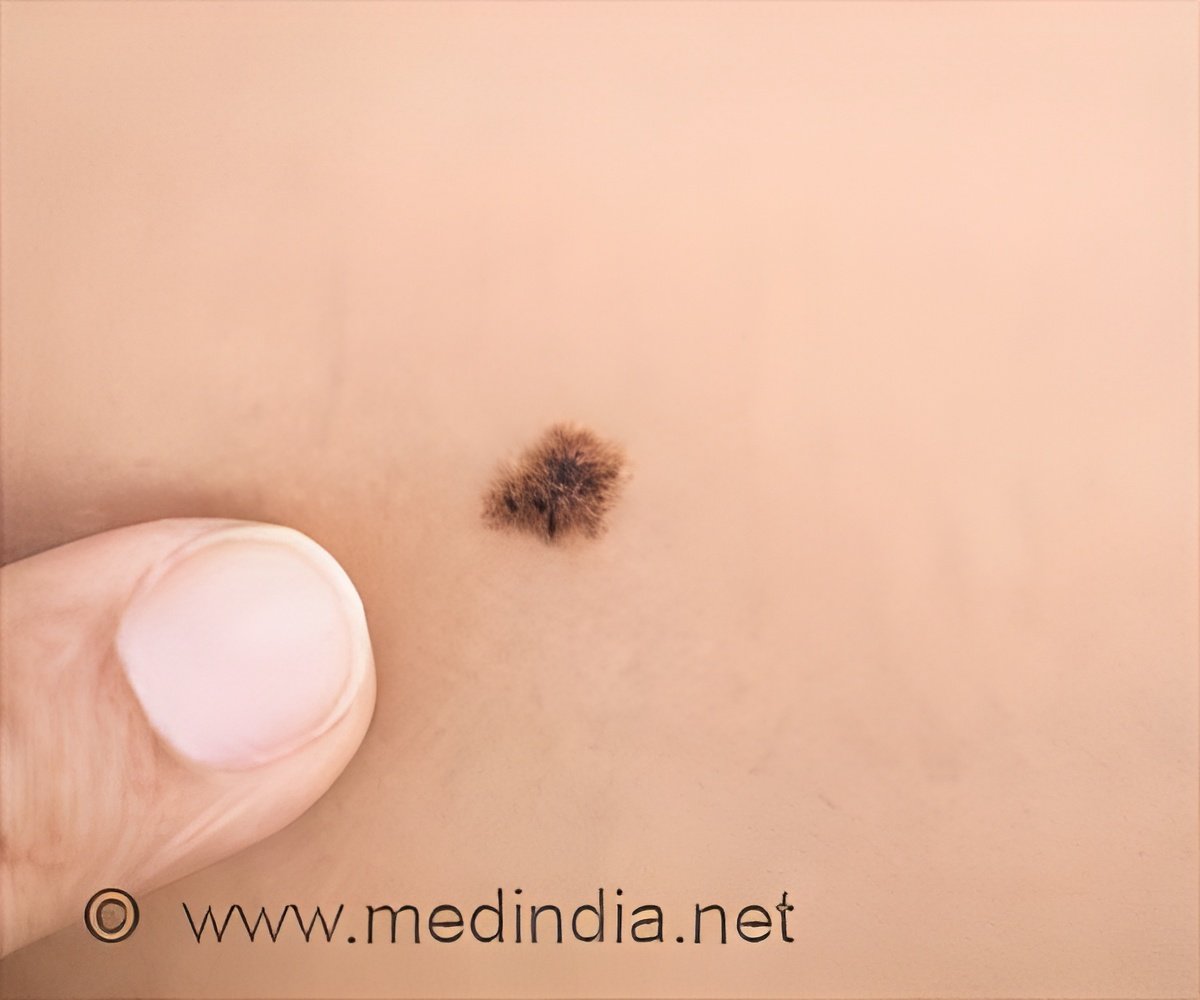Overexposure to the sun, which is more common in younger females (tanning) and males has resulted in a 30% increase in non-melanoma skin cancers within 15 years.

‘Preventive behavior encouraged in communities among men and women for less intense exposure to sun and early diagnoses can protect people from skin cancer.’





Non-melanoma basal and squamous cell skin cancers are often referred to medically as keratinocyte carcinomas that are currently one of the most common types of cancer in Canada. The condition can cause serious illness in the patients affected and largely reduces the quality of life, while a few deaths are reported as well.A longitudinal study for twenty years, conducted by the ICES, on keratinocyte carcinoma, finds some observations that could be helpful for the healthcare services, to be informed about the malignancy. Since 1998 when the study began, a steady decline was noticed for five years. For the subsequent fourteen years, the number of patients diagnosed with non-melanoma basal and squamous cell skin cancers rose by 30%.
Death rates annually multiple five times more than the initial period. Most of the deaths were reported in patients over the age of 65. The numbers showed a significant number of men to be affected by the non-melanoma basal and squamous cell skin cancer, more than the males. The number of men affected was close to double the number of females affected by cancer during the study period.
Now the inference, is that the early decline in the number of patients diagnosed for non-melanoma basal and squamous cell skin cancer could be just because of the awareness campaigns that were active during that period in Canada. The later increase could be attributed to the significant increase in the tanning centers and many other social behavioral pattern changes in men and women.
Females aged 45–64 years outpaced males of the same age group in terms of rate increases, and annual incidence rates of new cases were highest in adults under 35.
Advertisement
"Evidence suggests that males are more likely to have outdoor occupations and are less likely to engage in sun-protective behaviors, and females are more likely to seek a tan through artificial tanning booths and sun exposure," the authors point out. Young women are exposed to tanning most often. The practice of tanning declines with age in women. Women are more likely to get skin tests done earlier and hence the possible early diagnosis for this cancer is more in women compared to men.
Advertisement
Most importantly, after careful examination, study, and analysis of the collated data, the research team recommends the public health service facilities to urge for more research to be done on this subject, and also create more awareness among the public to encourage preventive behaviors, and earlier diagnosis.
Source-Medindia












